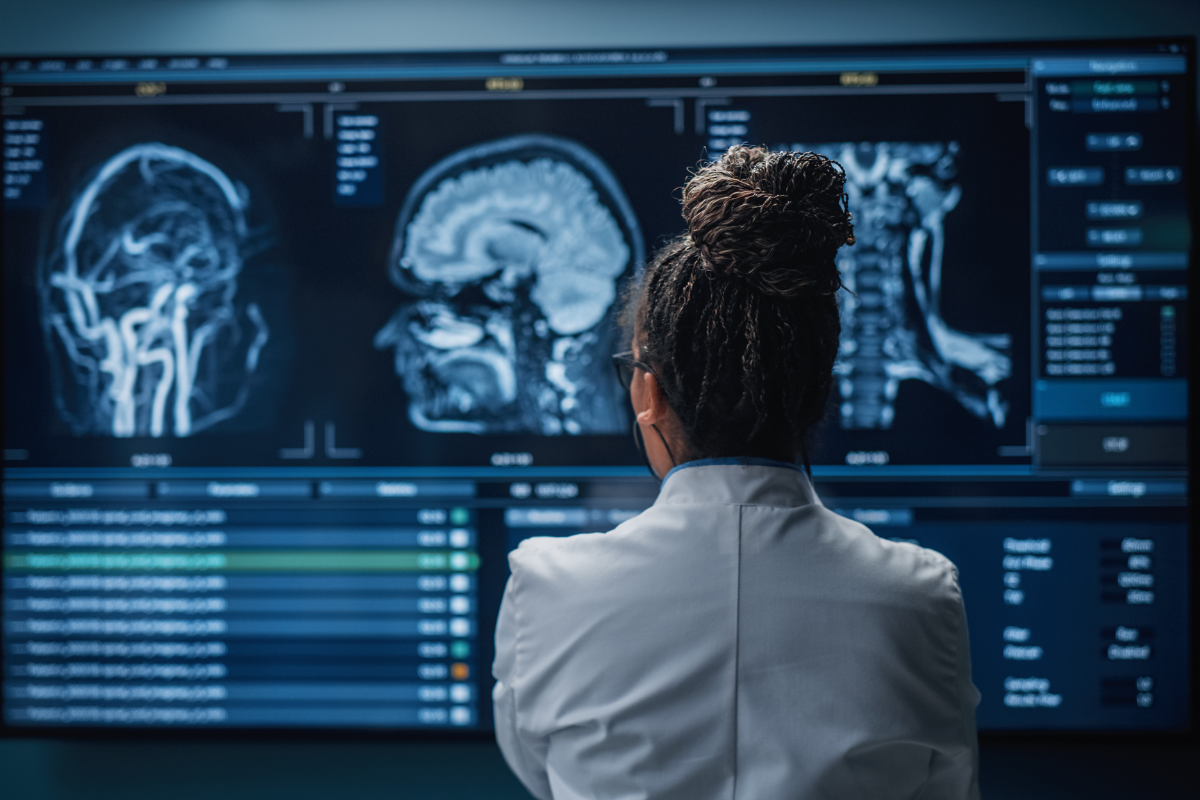The Neuroscience Behind Bipolar Disorder: Understanding the Brain’s Role

Sydney Johnston

Bipolar disorder is a complex neuropsychiatric condition marked by significant mood fluctuations, ranging from manic highs to depressive lows. These mood shifts are deeply rooted in changes in brain structure, chemistry, and function. Advances in neuroimaging and biochemical research have shed light on the neurological underpinnings of this disorder, revealing how specific brain regions and neurotransmitter imbalances contribute to its development and symptoms.
Brain Changes in Bipolar Disorder
Structural Alterations
Research indicates that individuals with bipolar disorder often exhibit structural differences in their brains compared to those without the condition:
- Reduced Gray Matter Volume: It is primarily involved in processing information in the brain and plays a crucial role in functions like muscle control, sensory perception (seeing, hearing), memory, emotions, speech, and decision-making.A 2016 meta-analysis found significantly lower gray matter volume in people with bipolar disorder, particularly in regions responsible for emotion regulation and cognitive functions.
- Hippocampal Shrinkage: The hippocampus, crucial for memory and emotional processing, may be smaller in individuals with bipolar disorder. A 2017 study using MRI scans revealed reduced hippocampal volume in participants with bipolar disorder compared to those without mood disorders.
Neurochemical Imbalances
Bipolar disorder is associated with imbalances in key neurotransmitters:
- Dopamine: Elevated levels can lead to manic episodes, while decreased levels may contribute to depressive states.
- Serotonin and Norepinephrine: Fluctuations in these neurotransmitters are linked to mood instability, affecting both manic and depressive phases.

Functional Brain Changes
Functional MRI studies have shown that bipolar disorder affects brain activity patterns:
- Default Mode Network (DMN): Altered activity in the DMN, which is active during rest and self-referential thought, may contribute to the mood dysregulation seen in bipolar disorder.
Bipolar Disorder Symptoms in Males
While bipolar disorder affects all genders, men may experience:
- Earlier Onset: Symptoms often begin in late adolescence or early adulthood.
- Manic Episodes: Men are more likely to experience pronounced manic episodes, characterized by elevated mood, increased energy, and impulsive behavior.
- Substance Abuse: Higher rates of substance use disorders are observed, potentially as a form of self-medication.
Bipolar Disorder Symptoms in Females
Women with bipolar disorder may present differently:
- Depressive Episodes: More frequent and prolonged depressive phases.
- Rapid Cycling: Higher likelihood of experiencing four or more mood episodes in a year which can be any combination of depression, mania and hypomania.
- Hormonal Influences: Mood symptoms may correlate with hormonal changes during menstruation, pregnancy, or menopause.
Is Bipolar Disorder Considered a Disability?

Yes, bipolar disorder is recognized as a disability under the Americans with Disabilities Act (ADA) and by the Social Security Administration (SSA). To qualify for disability benefits:
- Severity: The condition must significantly impair one’s ability to work.
- Duration: Symptoms should persist for at least 12 months.
- Documentation: Medical records and evaluations are essential for substantiating the claim.
Bipolar I vs Bipolar II: Key Differences
Understanding the distinctions between bipolar I and II is crucial for diagnosis and treatment:
| Feature | Bipolar I | Bipolar II |
| Manic Episodes | At least one full manic episode | Hypomanic episodes (less severe) |
| Depressive Episodes | Common but not required | At least one major depressive episode |
| Severity | More severe mood swings | Less intense manic phases |
| Diagnosis | Manic episode lasting ≥7 days or requiring hospitalization | Hypomanic episode lasting ≥4 days plus depressive episode |
Conclusion
Bipolar disorder is a multifaceted condition rooted in neurobiological changes. Recognizing its manifestations across different populations and understanding its impact on daily functioning are vital steps toward effective management. Continued research into the brain’s role will pave the way for more targeted therapies and support systems.
Responsibly edited by AI
Other Blog Posts in
Animo Sano Psychiatry is open for patients in North Carolina, Georgia and Tennessee. If you’d like to schedule an appointment, please contact us.
Get Access to Behavioral Health Care
Let’s take your first step towards. Press the button to get started. We’ll be back to you as soon as possible.ecovery, together.




